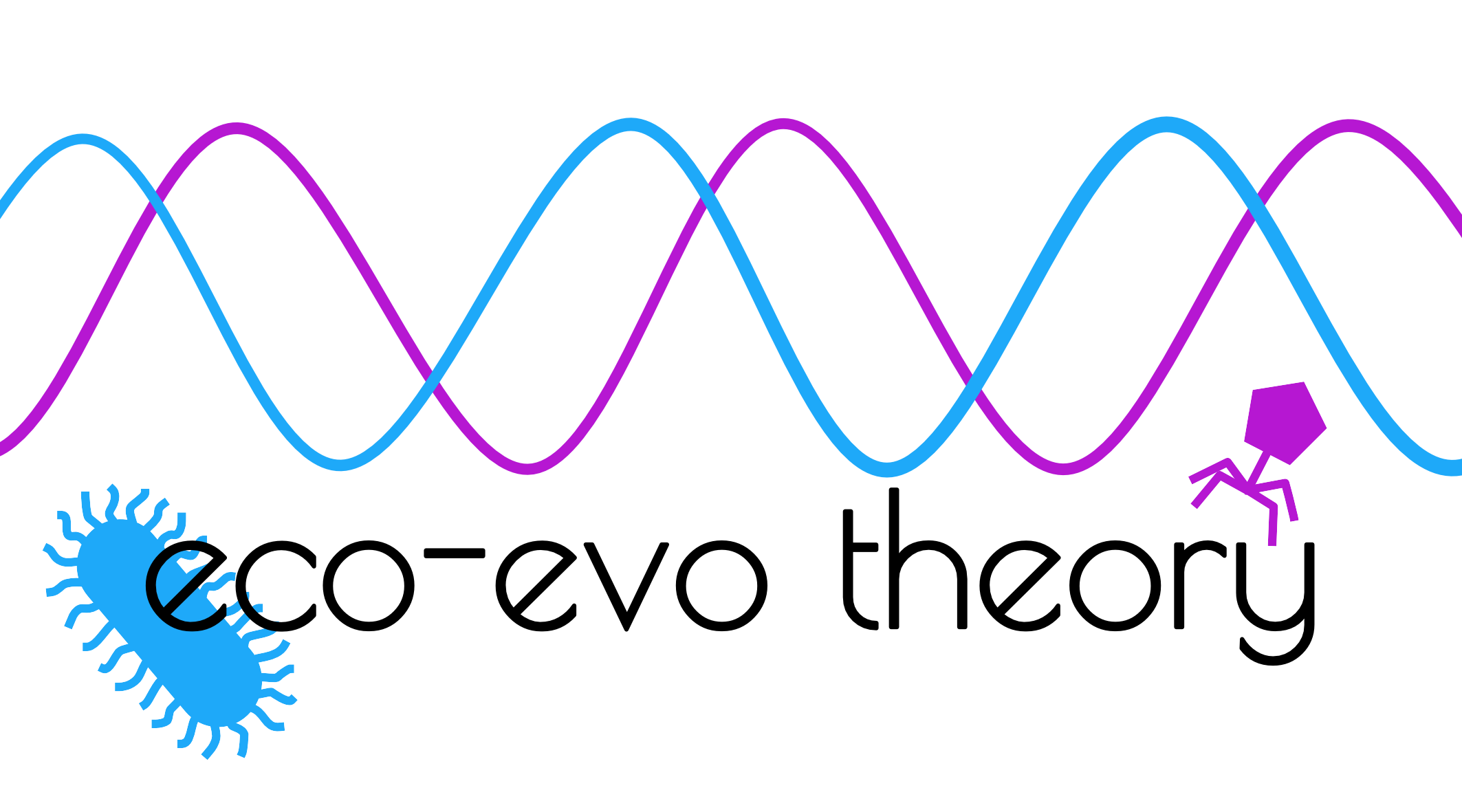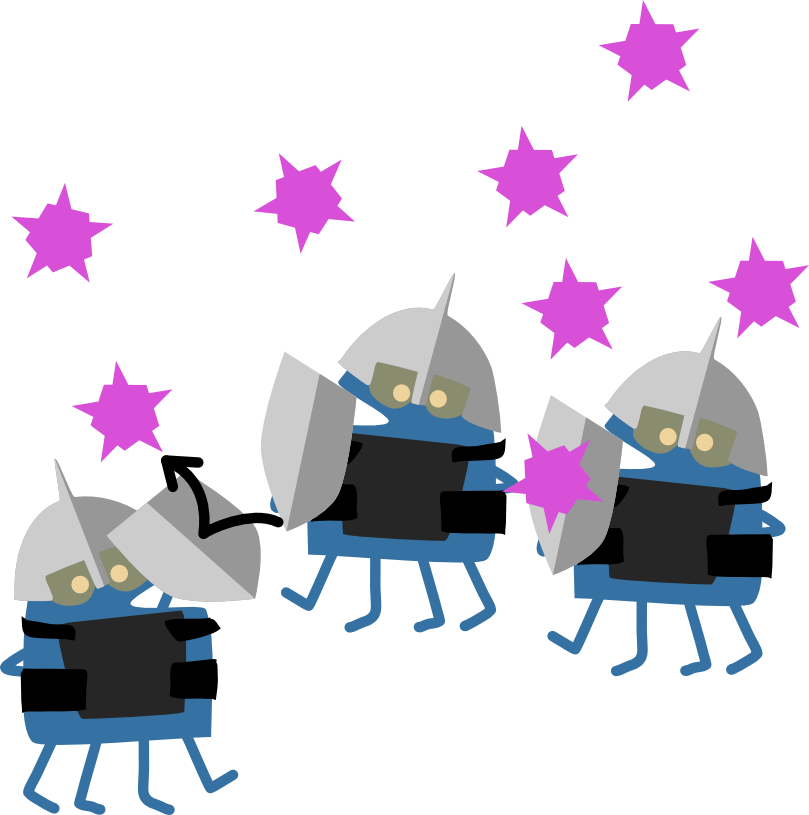Höckerstedt L*, Numminen E*, Ashby B*, Boots M, Norberg A & Laine AL (2022) Spatially structured eco-evolutionary dynamics in a host-pathogen interaction render isolated populations vulnerable to disease. Nat Comm. 13:6018
Read online | PDF | Github repository | Editor’s choice
Abstract
While the negative effects that pathogens have on their hosts are well-documented in humans
and agricultural systems, direct evidence of pathogen-driven impacts in wild host populations
is scarce and mixed. Here, to determine how the strength of pathogen-imposed selection
depends on spatial structure, we analyse growth rates across approximately 4000 host
populations of a perennial plant through time coupled with data on pathogen presence-
absence. We find that infection decreases growth more in the isolated than well-connected
host populations. Our inoculation study reveals isolated populations to be highly susceptible
to disease while connected host populations support the highest levels of resistance diversity,
regardless of their disease history. A spatial eco-evolutionary model predicts that non-
linearity in the costs to resistance may be critical in determining this pattern. Overall,
evolutionary feedbacks define the ecological impacts of disease in spatially structured systems
with host gene-flow being more important than disease history in determining the outcome.

